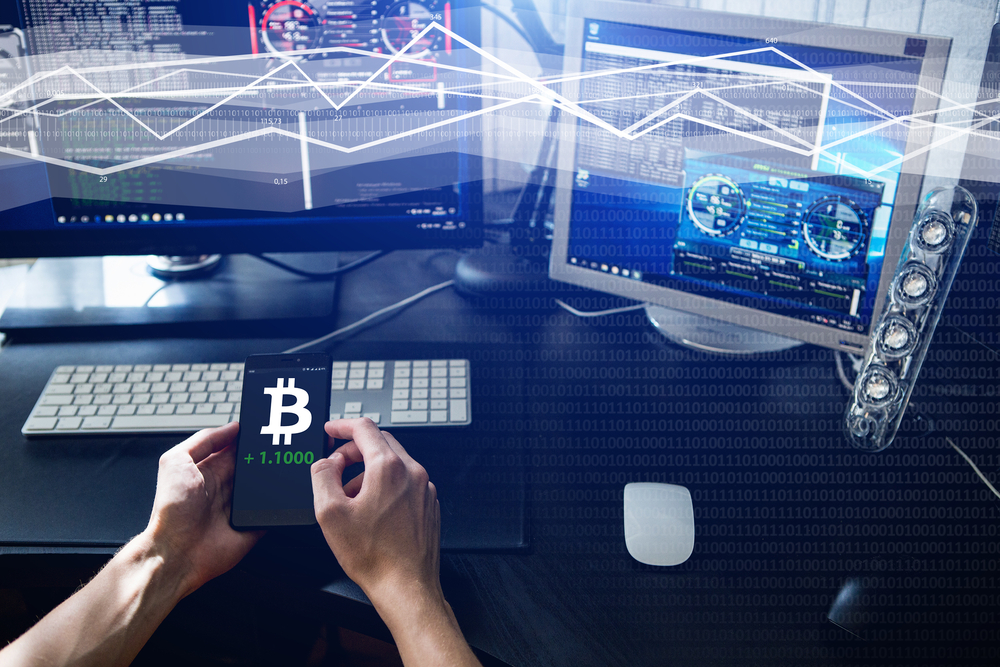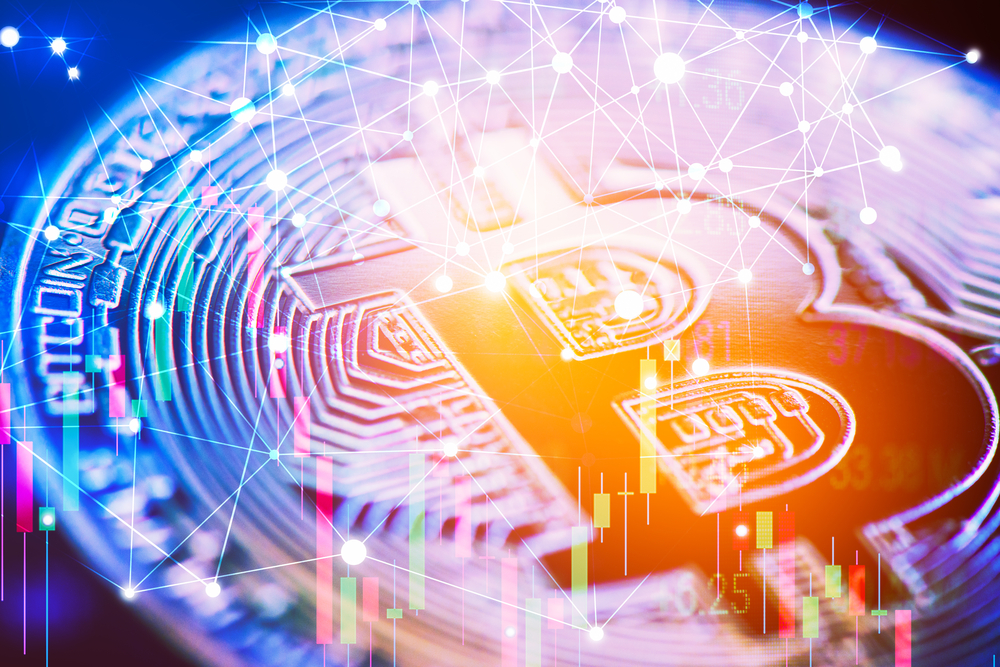An Introduction to Crypto Mining
Crypto mining allows you to earn cryptocurrency without having to invest any capital

Have you ever wondered what it takes to mine Bitcoin and other cryptocurrencies, and how you may obtain crypto tokens without having to purchase them on an exchange? Many individuals were drawn to the crypto ecosystem by the fast rise in the values of cryptocurrencies such as Bitcoin, Ether, and Dogecoin in the first half of this year. While most individuals purchase and trade them on exchanges, it is also feasible to 'mine' these tokens using your computer.
The promise of getting paid with Bitcoin is a major lure for many miners. To be clear, you do not need to be a miner to possess bitcoin tokens. You can buy cryptocurrencies with fiat currency, trade them on an exchange like Bitstamp with another cryptocurrency (for example, Ethereum or NEO to buy Bitcoin), or earn them by shopping, writing blog posts on platforms that pay users in cryptocurrency, or even setting up interest-earning crypto accounts.
What is Crypto Mining?
Crypto mining refers to the process of gaining cryptocurrencies by solving cryptographic equations with the use of high-power computers. The solving process comprises verifying data blocks and adding transaction records to a public record (ledger) known as a blockchain. That is secured by applying complex encryption techniques.
Cryptocurrencies use the decentralised method of distribution and for verification of transactions, it takes the help of cryptographic algorithms. Hence there is no central authority, nor is there a centralised ledger.
To get new coins on the ledger involves solving complicated mathematical puzzles that assist in verifying virtual currency transactions and then updating them on the decentralised blockchain ledger. As the outcome of this work, the miners receive pay with cryptocurrency. This method is called mining as it allows new coins into circulation.
How Does It Work?
While mining processes high-power computers (preferably) solve complex mathematical equations. The first coder to crack all code can authorise the transaction. As an outcome of the service, miners earn small amounts of cryptocurrency. Once the miner triumphantly solves the mathematical problem and verifies the transaction, they add the data to the public ledger which is called a blockchain.
How Can You Start Mining?
If you are thinking of beginning mining, for that you require a high-performance computer. Also, create a wallet for popular cryptocurrencies such as Bitcoin and join a mining pool to accelerate profitability. These pools are groups of miners who join their resources to enhance their mining power. The profit created from mining is then distributed evenly to all members in the pool. Mining pools permit individuals to work together and fight more effectively.
The algorithm acquires several cryptocurrencies, including Bitcoin, Ethereum, and Dogecoin. It guarantees that no single authority becomes so powerful that it starts to run the show. This process done by miners is a crucial part of adding new blocks of transaction data to the blockchain. A fresh block is only added to the blockchain system if a miner appears with a new winning proof-of-work. This occurs after every 10 minutes in the network. Proof-of-work aims to prevent users from printing extra coins they didn't earn, or double-spending.
Coin Mining in India
Mining has increased dramatically in India in the last few years, where companies like Easyfi Network provide mining facilities and blockchain development in the country. Mining in India is becoming very expensive and not very profitable. This is because the fight for coins is much higher, and high-performance computing is now required to successfully mine the coins. As it required a high amount of electricity, which costs very high than the profit.
The cost of electricity in India annually is in the ranges between Rs 5.20-8.20 (7-11 cents) per kilowatt-hour on average and cryptocurrency mining consumes about 67.29 terawatt-hours a year, as per the estimate by the Cambridge Bitcoin Electricity Consumption Index.
Moreover, not all types of equipment are available in India, so it has to be imported from countries like China, which adds additional costs and reductions in profit. In addition, India does not have any clear rules for cryptocurrencies, which makes any investment into the space risky.
The government of India (GOI) and the central bank have so far had a confusing relationship with cryptocurrencies. At one time GOI hinted to launch their digital coin, meanwhile, in 2017, India banned the import of ASCI machines particularly designed for crypto mining, which pushed Bengaluru-based blockchain technology company AB Nexus to halt mining Bitcoin and Ethereum.









